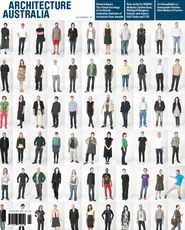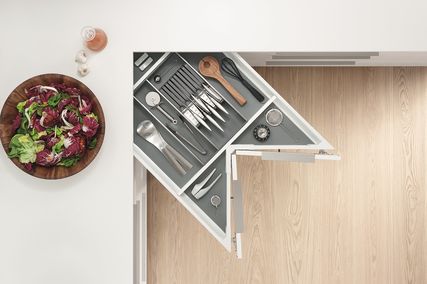Two recent public forums on the culture of architecture, and related private discussions, have raised again the question of the individual and the collective in Australian architectural culture. The first event was one of the expanded practice sections at the recent Australian Institute of Architects conference. With Naomi Stead and Melanie Dodd, I was involved in formulating the session Women, Architecture and Models of Practice. We were keen to explore how the non-traditional modes of practice that many women pursue – either out of considered intent or logistical necessity – might productively inform mainstream practice. In doing so, we also sought to position women architects as active and inventive agents in building their own careers. However, as is often the way with forums, the event took off in a different direction. With so little discussion of women’s experiences in architecture over the last decade, there was a strong desire on the part of the audience to tell their stories. Not surprisingly, many of these involved struggles, big and small, and weary protagonists. In contrast, one panellist and a group of young audience members argued strongly that they had not experienced discrimination themselves and, therefore, they didn’t see what the problem was. It was hard to get past the stand-off between these groups. But one forum can never solve, or even address, all the issues, and it is very useful to have the complex question of gender raised once again in a well-attended public forum. For, beyond the diversity of anecdote, the statistics are still alarming. For years now, women have been highly successful in architecture schools, but the drop-off following graduation remains staggering, with particularly low numbers becoming registered. Statistics are a blunt instrument and hide much nuance. Nonetheless they are important as they do indicate systemic patterns and social formations. These are now so subtle that they are often looked through, but they remain powerful and can have significant effects on careers. (A recent and compelling article by Fenella Souter in The Age included research showing a marked difference in the way CVs are read when a woman’s name is attached rather than a man’s. See “The Only Way is Up”, Good Weekend, May 1, 2010).
After the forum, Karen Burns identified a troubling phenomenon in the contrasting anecdotes – “the failure of collective empathy”. She commented, “It is difficult to maintain a civil and civic architectural sphere if individuals only speak from their own experience and are unable to transcend the condition of their own lives – if they are unable to expand their horizon to empathy. Yet, one story does not erase another. How do we care for others? How do we imagine that part of our privilege might be acting in concert with others who have been less fortunate? This flashed back to me during another conversation, related to another of the expanded practice forums, Humanitarian Architecture. Peter Johns, of Butterpaper, and an active member of Architects for Peace, was telling me how humanitarian organizations often struggle to expand their membership in Australia beyond a small committed core. In the absence of a philanthropic tradition to balance the individualist paradigm, empathy is yet again forgotten.
I am not quite sure yet what all this means, but it seems alarming and well worth pondering – collectively.
Justine Clark, editor Architecture Australia.















